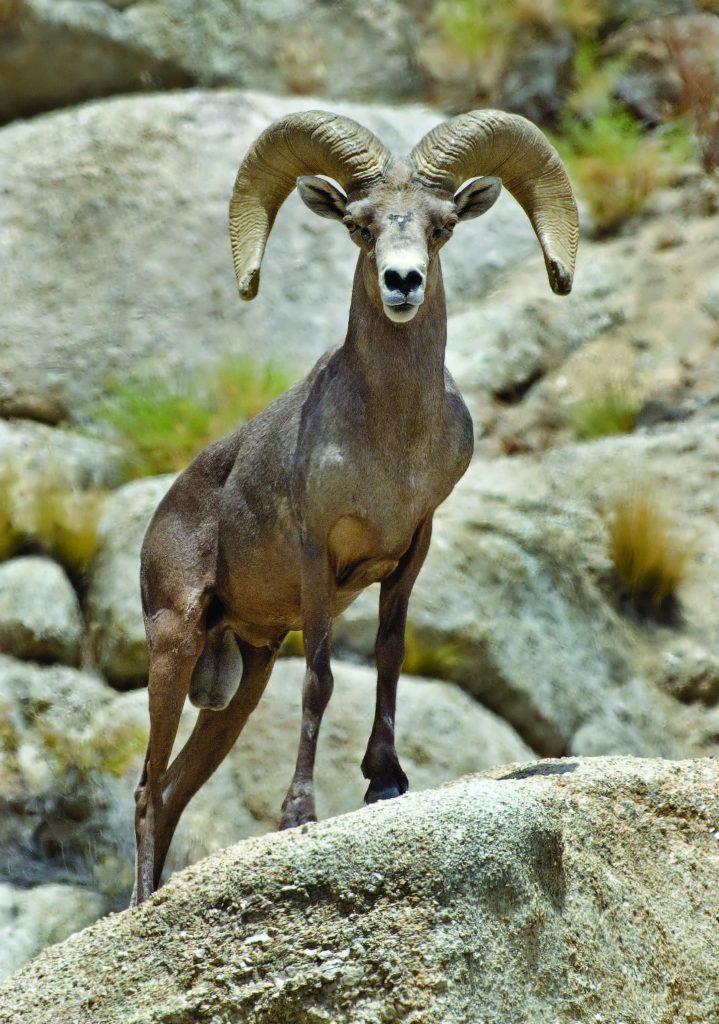Hunters and Conservation are a Natural Pair
September – October 2015
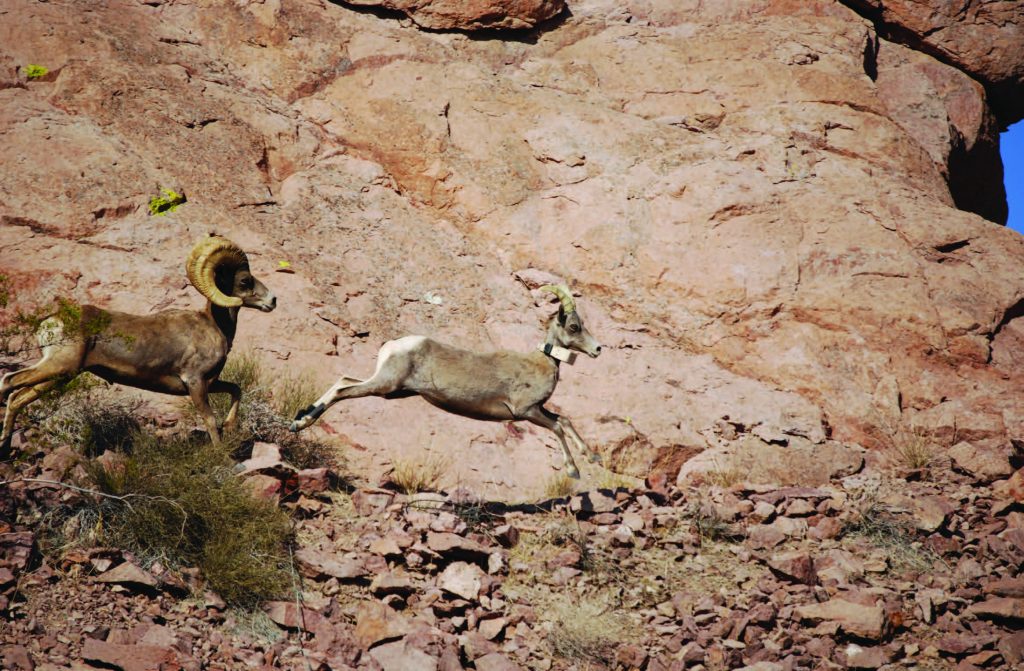
Hunters and Conservation are a Natural Pair
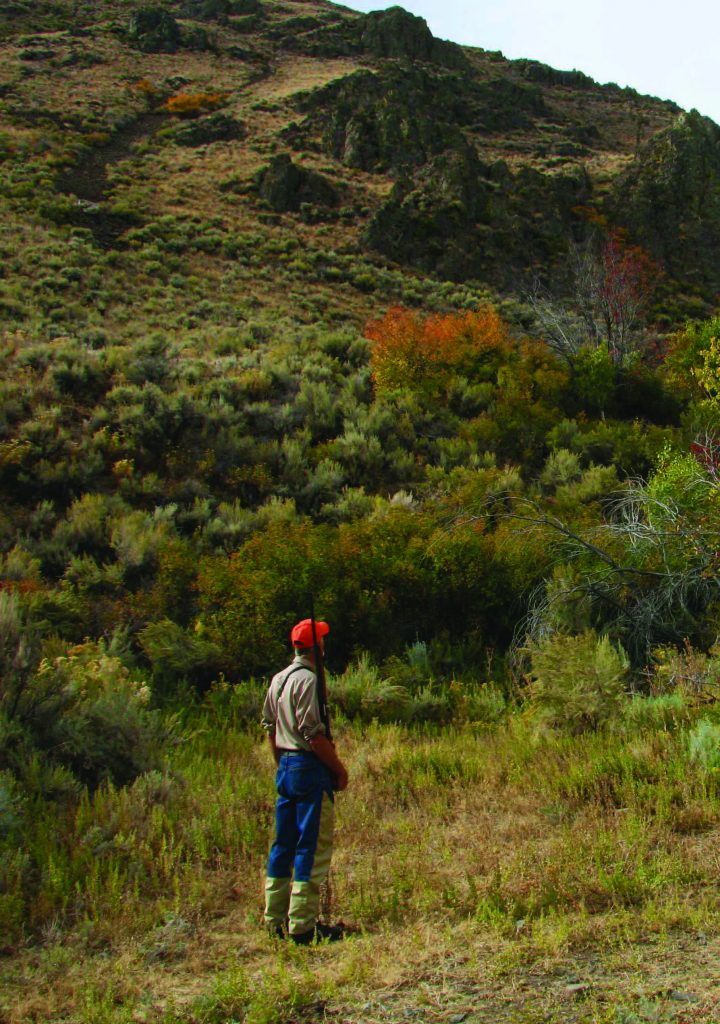
NEVADA’S WILDLIFE RELIES ON EFFORTS OF HUNTERS AND NON-HUNTERS ALIKE.
BY ERIC CACHINERO
Go afield with a good attitude, with respect for the wildlife you hunt, and for the forest and fields in which you walk. Immerse yourself in the outdoor experience. It will cleanse your soul and make you a better person. — Fred Bear, bow hunter
Hunting is in the state’s veins; this ancient interaction between man and wildlife can be seen in clues left behind by early Nevadans. The Anasazi Pueblo people carved petroglyphs of native wildlife into sandstone walls in southern Nevada. The Tule duck decoy—Nevada’s state artifact—was discovered in Lovelock Cave in 1911, and is evidence that game hunters inhabited the area some 2,000 years ago. Evidence such as this shows man’s important relationship with the wildlife in Nevada, something that remains today. And although techniques, regulations, and equipment have changed dramatically since the days of our state’s early ancestors, man’s need to hunt has not.
Hunting’s role in Nevada today is no longer based solely on man’s survival, but is in many ways the opposite. Wildlife relies on habitat management, harvesting regulations, and protection from overpopulation—problems that can wipe out entire populations of healthy animals. We are lucky to have such an abundance of wildlife, but it’s not without the collective effort of many dedicated hunters, non-hunters, and conservation organizations that we are able to continue to enjoy these animals in all corners of the state.
Nevada is known for its wildlife. Herds of Rocky Mountain elk roam the state’s eastern border; the desert bighorn sheep—Nevada’s state animal—occupy the craggy cliffs in the southern part of the state; pronghorn antelope graze in numbers amid the large grass fields and mesas of northwestern Nevada; and mule deer can be found just about anywhere.
But it wasn’t always this way. In the 1800s, habitat destruction, excess waste, and irresponsible commercial hunting left destruction nipping at the heels of America’s wildlife. Many of Nevada’s wildlife species fell into this destruction, including pronghorn antelope, bighorn sheep, waterfowl, and others, leaving some species all but extinct in the Silver State. Time had come for a change.
A CHANGE OF HEART AND MIND

In a civilized and cultivated country, wild animals only continue to exist at all when preserved by sportsmen. — Theodore Roosevelt, President of the United States
In 1937, a United States senator from Nevada would champion an important piece of legislation that would affect the future of wildlife conservation and hunting as we know it. Senator Key Pittman was the man responsible for what came to be known as the Pittman–Robertson Federal Aid in Wildlife Restoration Act. The legislation allocates a percentage of money spent on firearms and ammunition (10 percent and 11 percent, respectively) to be used for conservation efforts nationwide.
Nevada Department of Wildlife Conservation Educator Martin G. Olson explains how these funds mean big things for the state.
“When you purchase a firearm or ammunition, you’re directly contributing to wildlife restoration,” Martin says. “These funds support the building of wildlife guzzlers (a structure that collects rainwater and snow runoff to provide vital drinking water for wildlife), reseeding areas that have burned, and also supports hunter safety education classes.”
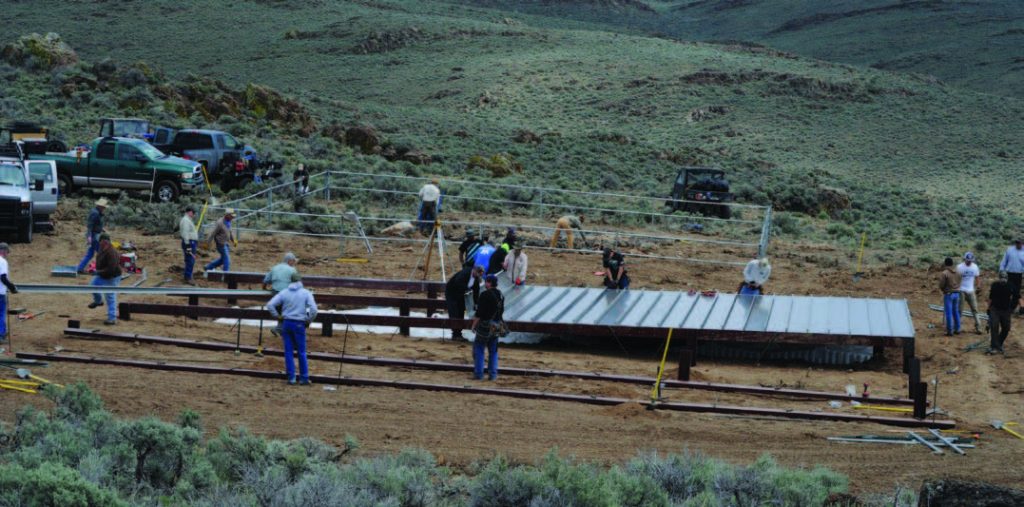
And, he explains, it’s not just hunters and firearms owners that benefit from the conservation efforts.
“Not only are hunters using this resource, it opens the door to people who just want to see animals.”
Since the induction of these changes, wildlife nationwide began to see a major turnaround in the 20th century.
NEVADA BIGHORNS UNLIMITED
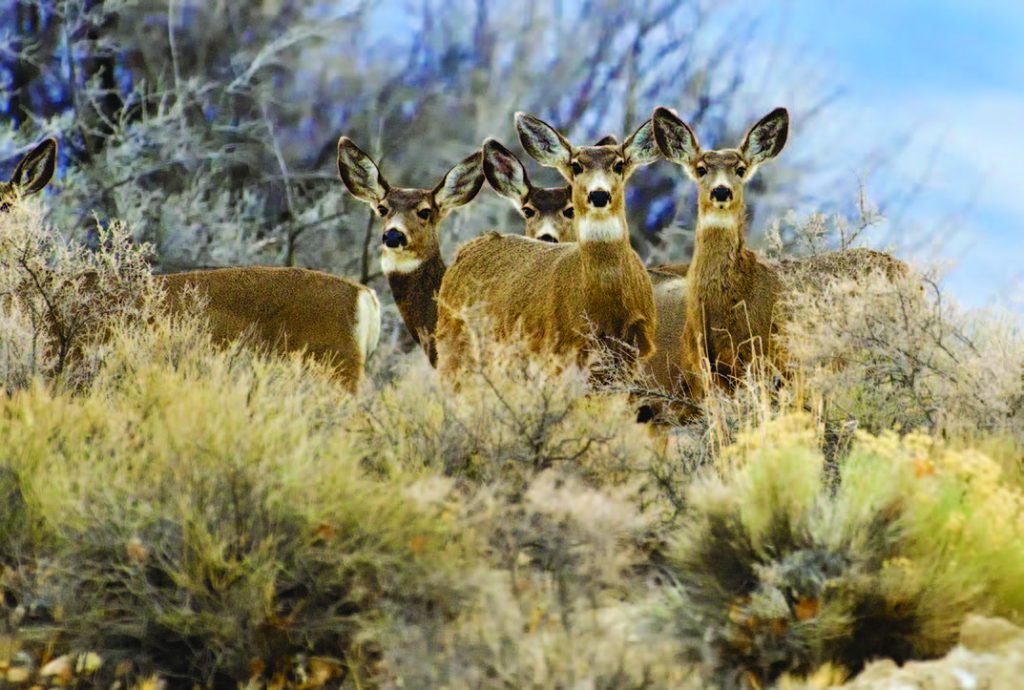
Dating back to Teddy Roosevelt, hunters have been the pillar of conservation in America, doing more than anyone to conserve wildlife and its habitat. — Gale Norton, former U.S. Department of Interior Secretary
Another organization making important strides in preserving Nevada’s wildlife is Nevada Bighorns Unlimited (NBU)—a group designed to “protect and enhance Nevada’s wildlife resources for sportsmen, outdoor and wildlife enthusiasts, and future generations.” NBU members protect not just Nevada’s bighorn sheep, but all of Nevada’s wildlife. In 2015 alone, the organization has constructed five new guzzlers along with several other water development projects, relying solely on the time and effort of members and dedicated volunteers. In addition to providing water benefits, NBU also conducts “trap and transplant” projects, in which bighorn sheep are introduced into different locations across the state in order to promote thriving populations in new areas.
NBU Treasurer Dennis R. Wilson believes the organization provides important ways for both hunters and non-hunters to support wildlife. “For hunters, we offer the opportunity to give back to wildlife by putting efforts toward conservation,” Dennis says. “For those who simply like to view wildlife, they can support in important ways, as well.”
Besides raising money and working in the field, NBU is committed to ensuring the future of Nevada’s wildlife conservation by offering educational opportunities, such as the Maison T. Ortiz Youth Outdoor Skills Camp in July each year. The camp offers youngsters a chance to learn field safety, firearm and archery education, fishing, wilderness survival, and much more.
“This camp is a tremendous way to plant the seed for future generations to enjoy Nevada’s wildlife,” Dennis says.
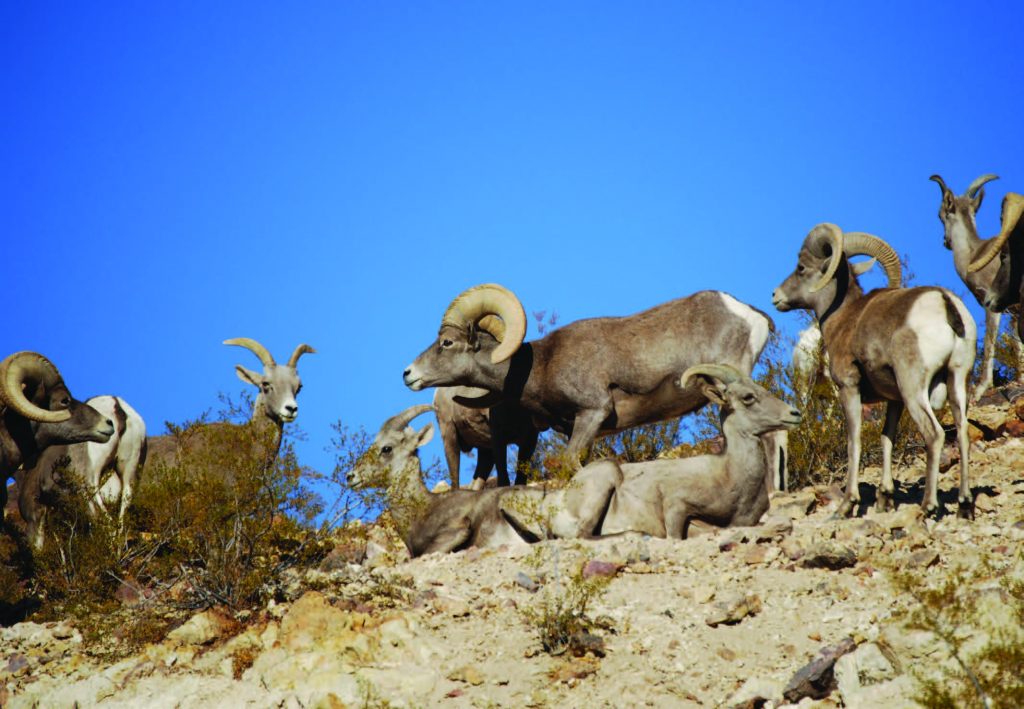
HOW THE HUNTER HELPS
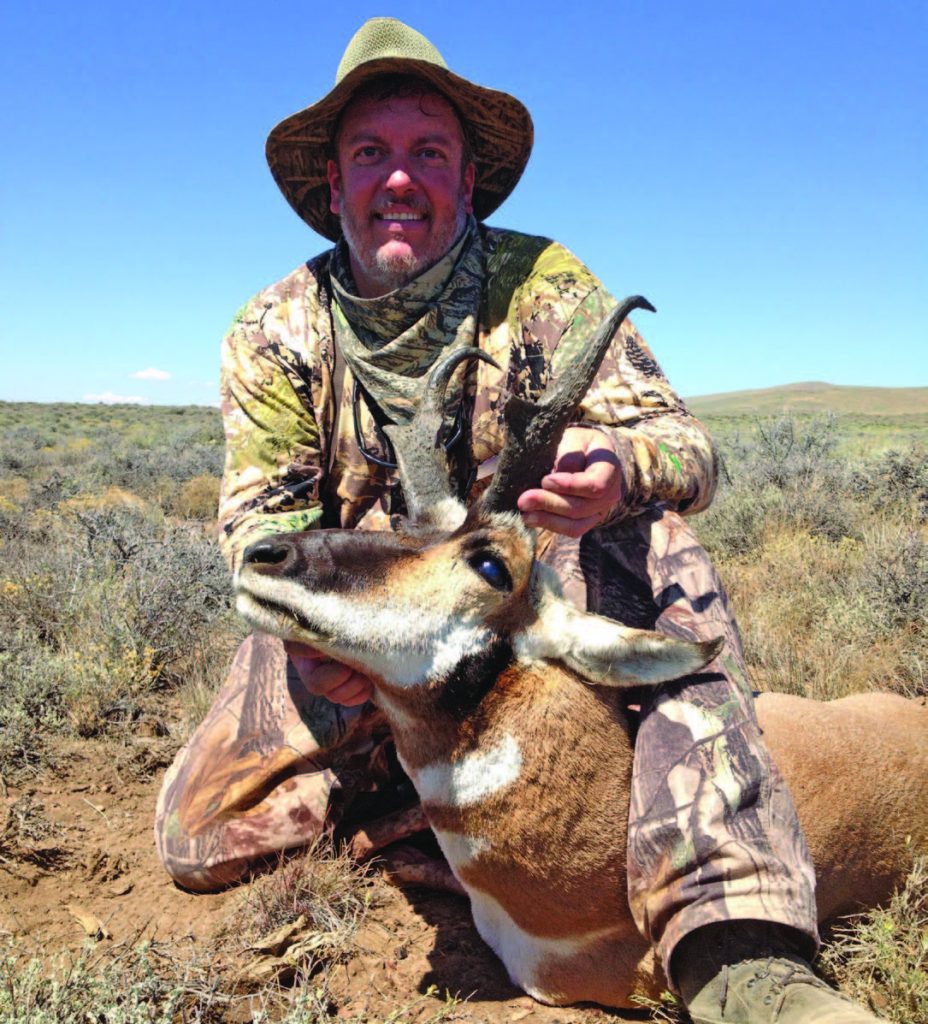
There can be no stewardship without stewards. — John J. Jackson, president of Conservation Force
No one was born a skillful and knowledgeable hunter. It is through the community (friends, family, game wardens, conservation groups, hunter safety education courses, etc.) that the knowledge is gained. Nevadans and visitors alike are invited to share the majesty that is Nevada’s wildlife by taking the hunting journey for themselves and effectively giving back to Nevada’s wildlife. And, you don’t have to spend a month in snowy, muddy, subzero temperatures hunting a bull elk to be a real hunter (though many hunters dream of this nightly); most of the time, a weekend chukar hunt will suffice.
What about the argument that you can’t support animal populations by hunting them? Consider this simplified example of how populations can be affected by hunting: Assume there’s an island that holds enough food for 10 mule deer and has 10 mule deer living happily on it. Those healthy mule deer have two fawns, bringing the population to 12. How many mule deer will die out eventually due to the fact that food can support only 10? All of them. Each mule deer will use resources until there is not enough left to support the entire population, leading to the destruction of the entire herd.
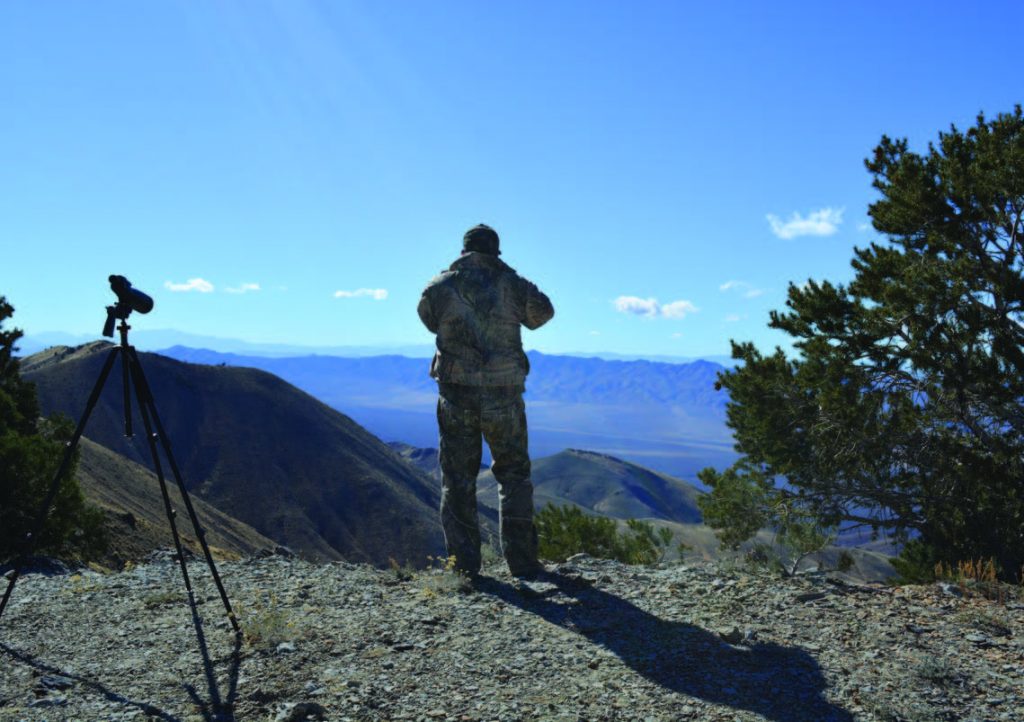
That’s where hunting comes into play. Hunters aim to harvest just enough animals to keep the populations healthy on a much grander scale than the island example. This ensures that there is enough food to sustain healthy populations.
Whether you’re like the aforementioned elk hunter or have never hunted a day in your life, there are many ways to get involved with Nevada’s wildlife. Just please never forget to practice your responsible side. As we have learned before, the delicate web of wildlife that exists in the state is far from impervious to the influences of man.
